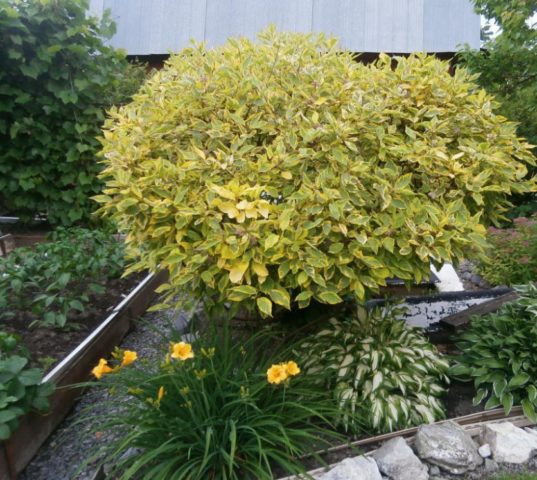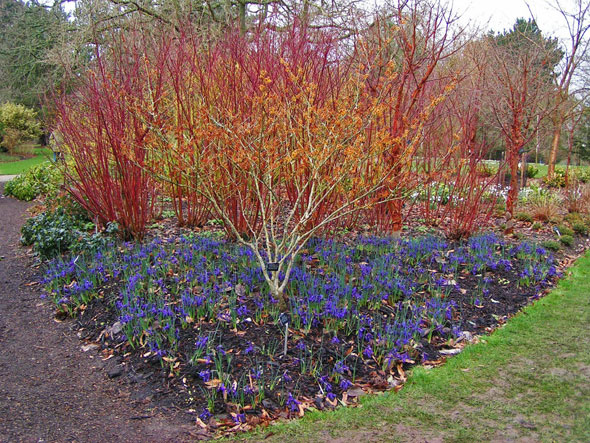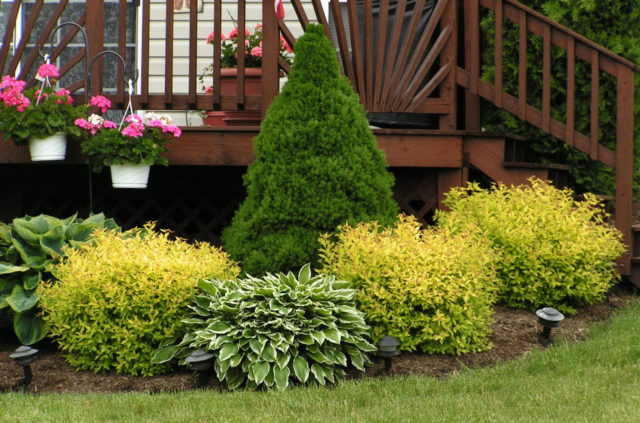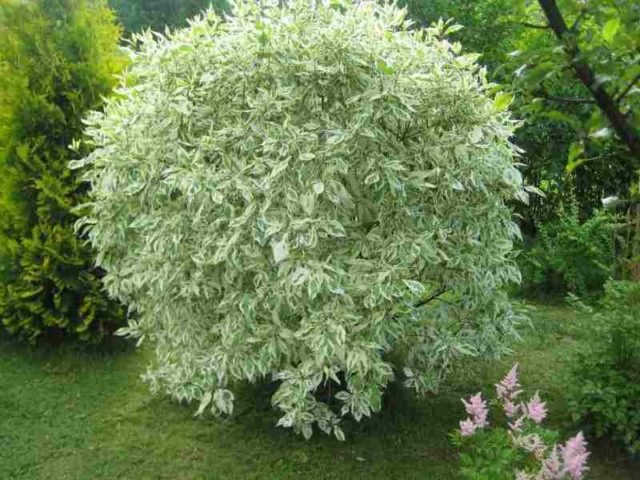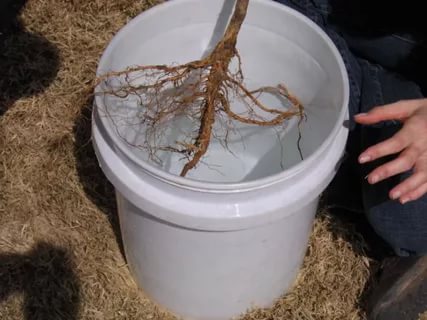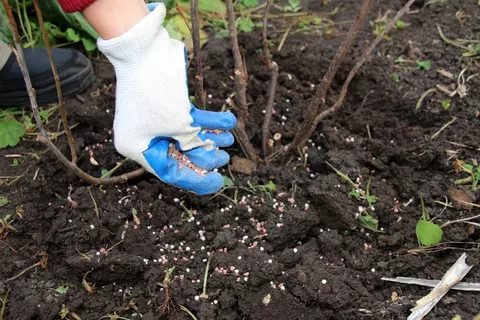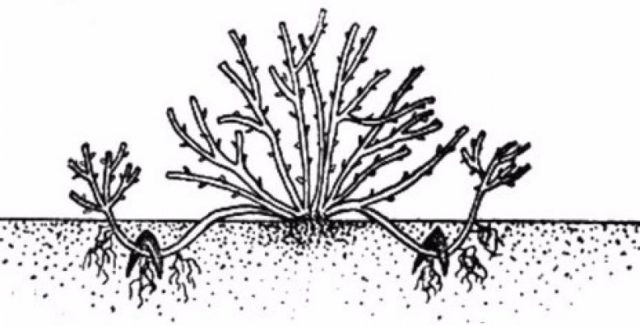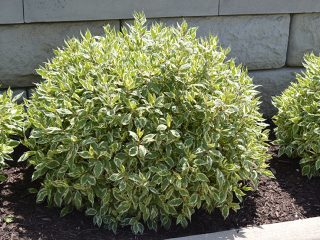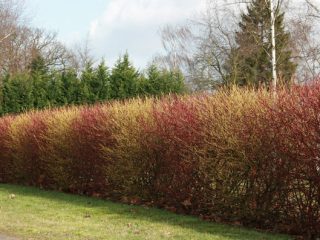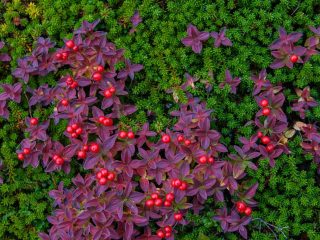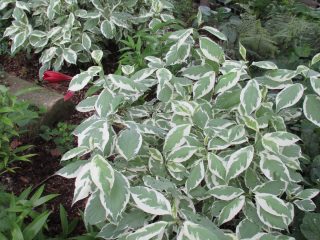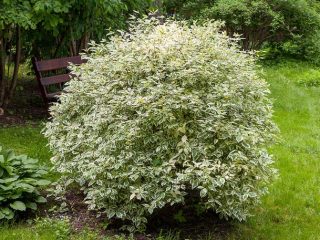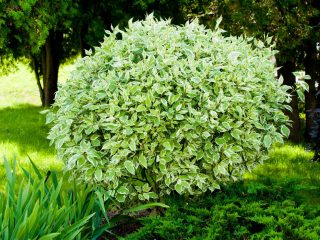Content
Deren Shpeta is a beautiful and unpretentious shrub that is widely used in landscaping. He easily takes root in a new place and feels good in the European part of Russia and the Far East.
Description of Deren White Shpet
Shpet (Spaethii) is a decorative variety of white turf. A medium-sized shrub, the height of its shoots reaches 2 m. The leaves are large, light green in color, with a wide yellow border around the edges. With the arrival of autumn, their color changes to purple, but the color of the border remains.
Young shoots of Shpet deren are red-brown in color, stand out well against the background of white snowdrifts. Thanks to them, the plant does not lose its decorative effect in the winter.
The shrub blooms from early spring to mid-summer. The flowers are small, white, bluish berries are formed in their place. The turf ripens in mid-September.
In general, the shrub is unpretentious, frost-resistant, quickly recovers after frost. In addition, Špet's turf tolerates drought and high summer temperatures well. It blooms profusely and bears fruit even in partial shade.
Derain white Shpeta in landscape design
Deren Shpeta is undemanding to soil, is widely used in garden design and for landscaping the urban landscape. The photo shows a combination of shrubs with large trees and flowers.
White turf grows well in shade and sunny areas, so it can be planted next to evergreens.
As you can see in the photo, Shpet's white turf looks effective in single plantings and in a group with other plants. It can be used to create a beautiful hedge. The plant is not afraid of pruning and tolerates it easily.
Planting and caring for Shpet's lawn
Planting deren Shpet does not require any special skills. The plant grows well on loose, rocky, clayey or heavy soil. The only thing to consider is the acidity of the soil. It is better if the soil is neutral.
Landing dates
White turf can be planted in early spring or late autumn. Work is planned before the start of sap flow or after leaf fall. Experienced gardeners prefer autumn planting for a number of reasons:
- the shrub does not need additional care;
- root formation is easy;
- the survival rate of the planting material is higher;
- in spring, the plant begins to grow rapidly.
If planting is planned in the spring, then the earthen lump must be preserved as much as possible. Thus, the stress from the transplant is less noticeable. The plant adapts quickly.
Planting rules for deren Shpet
Shpet's unpretentious sod grows well near fences, in the shade of trees, buildings, but the variegated color of the leaves in this case fades. To preserve all the decorative qualities of the shrub, it is better to give it the brightest place in the garden.
For planting, use seedlings younger than 4 years old. Their survival rate is almost 100%, the shoots tolerate pruning well and give a lot of green growth. To make the derain easier to transfer, it must be placed in a bucket of water a few hours before. The root system is saturated with the necessary moisture.
The size of the pit for planting Špet deren should be ¼ larger than the root system. If the soil on the site is swampy, then drainage must be laid, broken brick, crushed stone, pebbles or other material will do.When the soil is dry and the water table is deep, sand is sufficient for drainage.
The seedling is placed in a prepared hole so that the root collar is level with the soil. The voids are filled with soil mixed with humus or compost. After planting, the soil is tamped and watered abundantly. To maintain soil moisture, the trunk circle is mulched with organic matter.
Watering and feeding
Further care for Shpet's lawn is reduced to proper watering and top dressing, loosening the soil.
Young shrubs and newly planted plants need abundant watering. The soil under them is moistened several times a week. An adult perennial is rarely watered. It is enough to moisten the soil only in extreme heat. The interval between watering is 1-2 weeks, while the water rate per plant is at least 20 liters.
Top dressing of Shpet deren is done if necessary. If the plant is grown in fertile soil, then no additional fertilizer is needed. In order for the leaves to retain their decorative appearance, in the spring, complex mineral fertilizers are applied under each bush. In the fall, they are fed with organic matter.
Pruning
During the first 3 years, the lawn grows randomly, after which they begin to do annual pruning, otherwise the lower part of the plant is exposed. To make the bushes look compact, only strong branches are left, shoots and weak shoots are cut out.
If the grass is grown as a hedge, then pruning is done 2 times a season. In July, the crown is thinned out, and in August, the plant is thoroughly cleaned.
The bushes need to be rejuvenated every few years. Derain of Shpet is cut completely, to a height of 20 cm from the soil level. This procedure stimulates the formation of new green shoots.
In landscape design, you can observe the bizarre forms of a bush in the form of a column, arch or ball. In addition, the lawn looks good as a standard plant.
Preparing for winter
Shpet's Derain is a frost-resistant plant, therefore it does not need special preparations for winter. However, this only applies to mature bushes. Young and newly planted seedlings must be covered.
The root zone is spud and insulated with dry leaves. The shoots are covered with non-woven material. In winter, they additionally throw snow under the bushes and tamp them well.
Reproduction
Self-propagate derain white in several ways:
- cuttings;
- by withdrawal method;
- seeds.
Shrub breeding is possible throughout the growing season.
Cutting is best done in early spring or autumn, when there is enough natural moisture in the soil. Annual shoots are cut out so that each one has 7-9 buds. The lower cut is treated in a growth stimulant solution. Prepared cuttings are planted in a greenhouse or container. Further care for the cuttings is reduced to regular watering and feeding. With spring cuttings, strong young seedlings of Shpet deren can be obtained by autumn.
The lawn is propagated by seeds in the fall. Immediately after collection, they are dried and planted in open ground at the beginning of October. Their germination rate is almost 100%, provided that the bush is not sick. Seedlings will appear in early spring. Shpet's white turf from seeds grows slowly, therefore, seedlings are not transferred to a permanent place so quickly.
If you grow a bush of a natural spreading shape, then it is easy to get planting material by the method of layering. For this:
- In the spring, a ripe shoot is selected, tilted to the ground, slightly cracked, pinned and covered with soil.
- During the summer, the shoot is watered abundantly; by the fall, it will have formed its own root system. However, it is too early to separate the sprout from the mother bush.
- It is transferred to a permanent place next spring.
Diseases and pests
Adult deren bushes rarely get sick and are affected by pests, since they have good immunity.But young plants are susceptible to powdery mildew, are affected by aphids, scale insects. As a preventive measure, sodwood is treated with a solution of copper sulfate or Bordeaux liquid. Any complex acaricides are used against pests.
Treatments are done in early spring, even before the buds swell and bloom. If necessary, repeat at intervals of 2-3 weeks.
Reviews about Derain Shpet
Conclusion
Deren Shpeta is suitable for landscaping the territory, it is not afraid of gas pollution and undemanding to care. In order for the plant to please for a long time with its appearance, it is enough to occasionally water it, feed it and, if necessary, cut it off.
